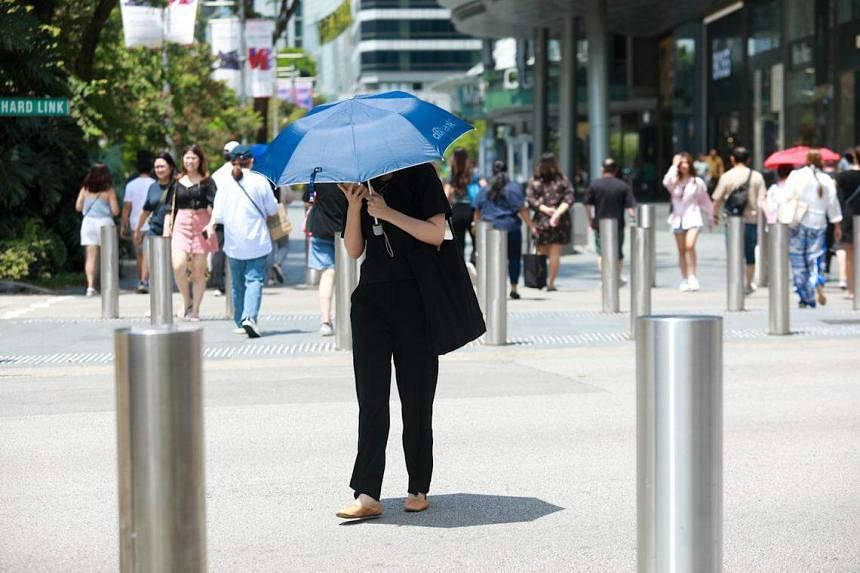Global Courant 2023-05-14 12:39:00
KUALA LUMPUR – Southeast Asia continues to grapple with blistering heat amid reports of record temperatures and heat stroke cases further amplifying signs of extreme weather changes.
Singapore reported its highest temperature in 40 years on Saturday at 37C and hot and dry conditions will continue, the National Environment Agency said in a Facebook post.
The temperature also surpassed the previous record for May of 36.7C, recorded in 2022, the agency said.
In Malaysia, as many as 14 cases of heat stroke were reported by the Health Ministry on Friday, and the government expects the number of victims to rise given the warm weather, which is likely to last through August, Deputy Health Minister Lukanisman Awang Sauni told to reporters on Saturday.
“The situation is still under control and can be accommodated in health facilities,” Lukanisman said. “Ministry facilities and hospitals are prepared to receive victims of heat stroke and heat cramps.”
Malaysia recently reported the death of a child from heatstroke, prompting the Ministry of Health to issue a public advisory.
Dangerous heat
With scientists warning that 2023 is likely to be another year marked by dangerously high temperatures, signs of tension are emerging across Asia as the heat wave that began in April continues to sweep through the region, following a pattern of increasingly extreme weather caused by the accumulation of greenhouse gases in the atmosphere.
Vietnam reported an all-time high of 44.2°C in early May, and the Philippines reduced class hours after the heat index hit the ‘danger zone’.
Expectations of shrinking palm oil supplies due to the scorching heat keep investors on edge, as nearly all of the world’s oil palm is grown in Southeast Asia.
Thailand’s Joint Standing Committee on Commerce, Industry and Banking also warned that the threat of an El Nino-induced drought could drive up food prices later in 2023.
With climate change and an impending shift in patterns to El Nino conditions, heat waves and major storms may become more frequent or intense.
Bangladesh and Myanmar are evacuating hundreds of thousands of people as Cyclone Mocha will make landfall on Sunday, potentially destroying one of the region’s most vulnerable areas. BLOOMBERG








